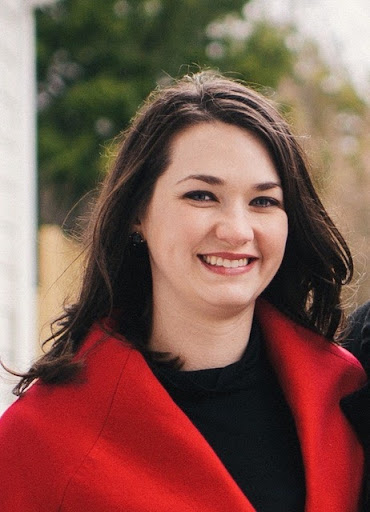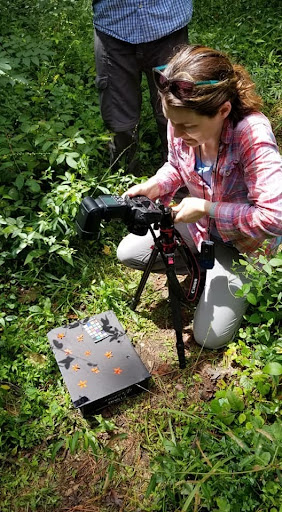|
Dr. Andrea Berardi
Postdoctoral Fellow
OEB and Harvard University Herbaria
Harvard University
Posted 2-15-22
Twitter: @aeberardi
Website: andreaeberardi.com
 |
I have developed a research program that uses floral color as a lens through which I address fundamental questions about the evolutionary, genetic, and ecological processes underlying diversification, adaptation, and speciation. My research integrates molecular genetics and transgenics, genomics, biochemistry, field assays and collections, and pollinator observations and trials. My goal is to integrate our understanding of floral color variation across multiple levels of organization, from molecular mechanisms through plant-pollinator interactions.
I focus on the genus Silene, which is a broadly distributed temperate species with white, pink, or red flowers, and many different types of pollinators. Of the ~700 Silene species, only eight produce truly red flowers. These red-flowering species only belong to polyploid lineages and are restricted to North and Central America. My goal right now is to determine what the most likely driver of red floral color evolution is in Silene (pollinator shifts, sympatric competition, or polyploidy). After an exciting season in the field, I have found that the red species achieve their red color through different pigment compositions, and many are not solely pollinated by hummingbirds.
How Andrea got interested in the botanical sciences:
I wish I could say that I've been interested in plants my whole life, but I really just got a lucky break by discovering my passion for botany in college. I had intended to go to school to become a medical doctor. However, I took a course my freshman year called "Sex, Drugs and Chocolate" (a course on plants and societies) with Dr. Frank Frey, and quickly became hooked on plants. After joining his lab as an undergraduate researcher, I became fascinated by the idea that plant pigments could have multiple roles: that pigments could serve not only as pollinator attractants, but also as antioxidants, sunscreens, and antimicrobial defenses seemed like such a clever adaptation. In Frank's lab, I was able to conduct independent research studying the link between betalain pigments and herbivores. Since then, I have been interested in how pigment phenotypes and genetics play a role in plant evolution, from microevolutionary to macroevolutionary scales.
 |
Andrea's advice for those just starting their botanical journey:
My advice for those just starting their botanical journey is to be persistent and pursue your interests. I wanted to learn more about plant biochemistry and how to analyze pigments properly, so I found opportunities to train with experts (often outside of my PhD and postdoc labs). Don't be afraid to ask other labs for help and training - some of the best collaborations and training experiences I have had were from emailing people to ask if I could come learn techniques from them.
I like to travel, whether it is for field work or for pleasure. I've recently moved to New England and have enjoyed exploring the region. I also enjoy taking UV photos - mostly of flowers (as a side effect of my research), but also other things in nature. Other hobbies include baking and doing yoga.
Published Articles in AJB:
McCarthy, E.W., Berardi, A.E., Smith, S.D., & Litt, A. 2017. Related allopolyploids display distinct floral pigment profiles and transgressive pigments. American Journal of Botany 104:92-101. https://doi.org/10.3732/ajb.1600350
Berardi, A.E., Fields, P.D., Abbate, J.L., & Taylor, D.R. 2016. Elevational divergence in floral color and leaf chemistry in Silene vulgaris (Caryophyllaceae). American Journal of Botany: 103: 1508-1523. https://doi.org/10.3732/ajb.1600106
Click here to return to BSA Spotlight Series homepage.
|